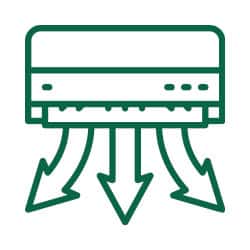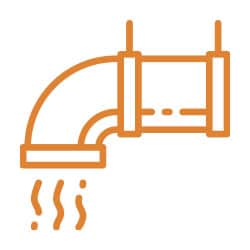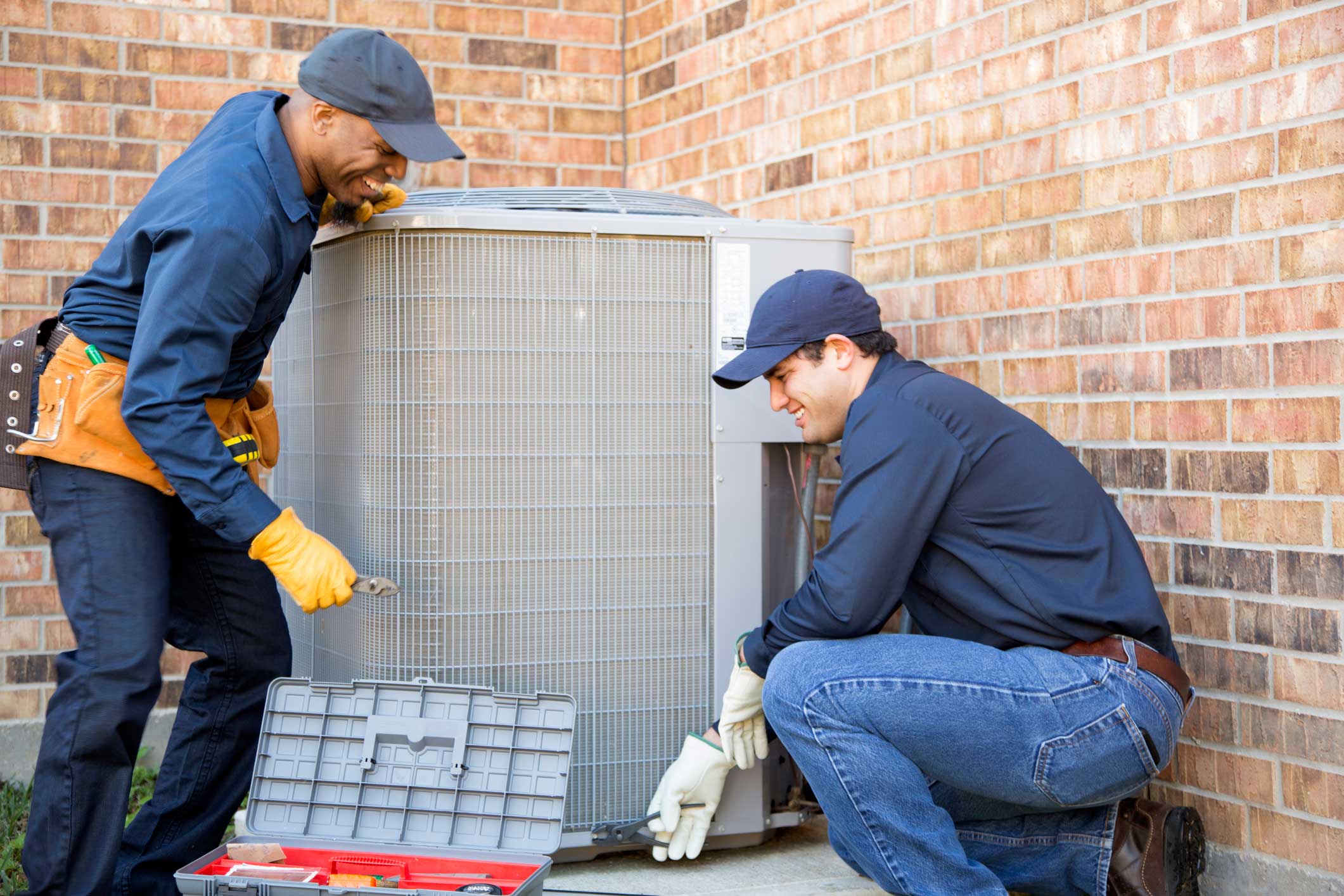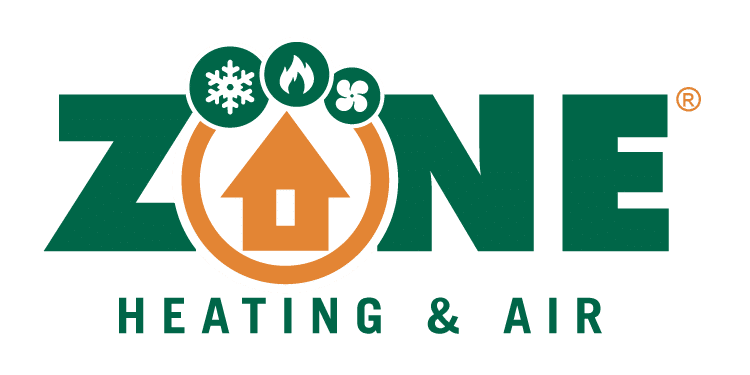A common occurrence in older homes but certainly not unheard of in newer homes, uneven air flow can make for quite an annoyance.
For what we pay in energy usage costs and on HVAC installation, we expect the entirety of our homes to be heated and cooled the same throughout. But there are plenty of instances where one or more rooms simply do not receive proper air flow and therefore remain slightly too hot or cold – depending on the season.
Uneven air flow is frustrating and can even end up costing you extra in your utility bills, especially if your HVAC system has to work harder to maintain proper temperatures in the effected rooms.
The good news is that there are several things you can do to fix it – and some of these “hacks” are quite simple, while some are more complex. So, let’s take a look at all options at play in curing uneven air flow, moving from easiest to more complicated:
Make sure your vents are uncovered/unblocked
Yes, it is crazily simple and may seem too obvious, but there are plenty of times when you may discover – to your surprise – that a room’s vents are covered by a piece of furniture. Or especially if you have kids, make sure that there isn’t a random blanket or article of clothing covering the vent. Each vent needs around 18 inches of clearance around it in order to work properly. So, make sure each vent – both supply (which push the desired warm/cold air into the room) and returns (which pull old air into the HVAC system to be warmed/cooled) – in your home is unobstructed and able to fully circulate air. The only hard part about this may be the need to move the odd heavy piece of furniture.

Make sure your vents are fully open
Yep, here’s another, “well, duh,” option, but you might be surprised how often vents can get closed (fully or partially) without your knowledge. Maybe you had guest decide their room was uncomfortable with full air flow – or perhaps a child thought playing with a random lever looked like fun. But there’s always a chance that one of your vents has been closed without you knowing. And, of course, if your vents are not open, your HVAC cannot fully supply the desired level of comfort to any room.
Make sure you clean/replace HVAC filters
You may be surprised to know how much a clogged air filter can inhibit your HVAC system. A dirty filter not only prevents proper air flow, but it also passes impurities both into the air and into the HVAC system itself, which impacts its ability to fully cool/heat your home. Therefore, you need to make sure that your HVAC system’s filters are routinely cleaned or replaced (depending on the type of system in question). Most systems require replacements every 3-6 months in order to maintain peak performance – and more often than that if you keep pets or smoke inside your home. In order to properly clean a filter, rinse it outdoors in order to remove the dirt, and then allow it to dry before reinserting it. If you purchase a new filter, check the frame on the old one – which will be located next to the air handler or your HVAC unit. The old filter will tell you what size new filter to buy.
Make sure your windows are adequate
This is a bit more complicated. We’re not telling you necessarily to buy new windows or frames – though older glass and frames certainly leak more than new ones and can be responsible for significantly effecting the temperature of the room in question. A particular room could also receive significantly more sunlight at a certain time of year – which will certainly warm that room at a faster rate than other rooms in your home. If you have an obvious crack or gap in your window, then you will need to get that fixed. However, in cases where there are no obvious imperfections, sometimes you can overcome window inefficiencies by installing window coverings – such as blinds or drapes. These coverings will keep the sun’s heat at bay and maintain comfort levels commensurate with the other rooms in your home.
Request a Free Quote
Have issues with your HVAC system? Zone Home Solutions has five locations around the Atlanta area. Contact us to get a free, no obligation project quote.
If you have tried some or all of the options above, it is always a good idea to test your improvements to see if they have made a difference. The best way to do this is to set your thermostat to 76-78 degrees and then leaving it alone for 24 hours. Once you have done this, proceed from room to room and judge the air temperature. You can even adjust the registers in each room to try and achieve optimum comfort in each.
If these fixes do not cure your problems, however, you will probably have to call a HVAC professional to come in and judge the next steps. The reason for this is that the corrections will likely include repairing or replacing ductwork, and that is something best left to an experienced contractor.
Your HVAC contractor will likely immediately take a look at your duct work, in order to determine if you have any of the following problems:
 Duct leakage
Duct leakage
Many ducts develop holes or leaks over time, and while you may not notice them at first, they can become significant problems that require replacement or patching. The longer they are ignored, the more pronounced the problem will become.
Inadequate duct size
Properly cooling or heating an entire home requires more than the right air conditioner or furnace. It also means you need ductwork that has been measured to precision in order to deliver the comforting air that you require. If you have made any expansions or adjustments to your home, there is a chance you could have undersized air ducts. And there are some rare occasions when contractors have simply mismeasured and you end up with ducts that are too large for your home. If the ducts are too small, they won’t be able to transport enough air to properly control your home’s temperature. If ducts are too large, low pressure inside the ducts will not propel enough air to its destination.
Damaged or improperly installed ducts
Any restriction on air flow can make a significant impact throughout your home. And if that duct is damaged near the end of its supply run, it could mean that only one or two rooms suffer from poor circulation. A duct system with too many bends and turns can also hinder air flow, so it is important to have a professional check and determine if the original system was properly installed.
Improper return vents
When we think of cooling or warming air, we only think of it coming through the vents – but older air getting pulled back into the system to be adjusted to the desired temperature (before being re-distributed again through supply vents) is just as important. That’s what return vents do, and sometimes you can encounter a system that does not have return vents. This instance means you will not experience proper airflow throughout the home, invariably leading to hot and/or cold spots.
Whatever the problem, a qualified and trustworthy HVAC contractor will be able to determine the best solution and get you back to feeling 100 percent comfortable. Zone’s NATE certified technicians specialize not only in installing and determining the best heating and cooling options for your home, but also in providing the type of honest and friendly customer service that you hope for. We have provided quality comfort to homes throughout north Georgia for more than 20 years, solving ductwork concerns of all types in the process. So, if you are experiencing any hot or cold spots, please contact us today and let us determine the best solution: 770-904-5432.
HVAC Repair is Just a Call Away


